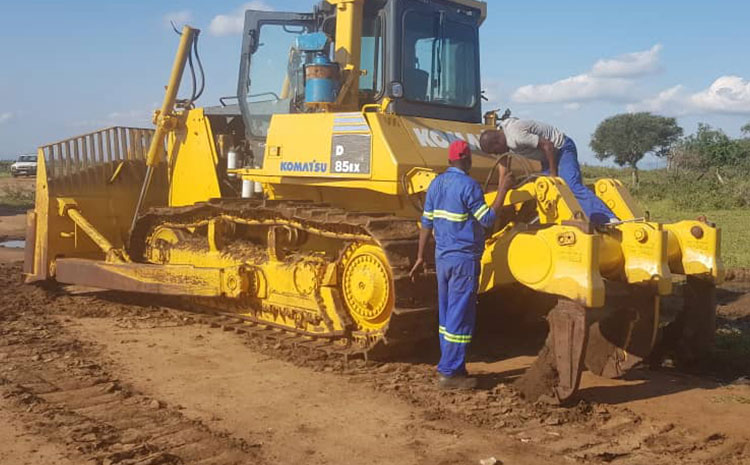ESWADE-PROJECTS
The Smallholder Market-Led Project (SMLP)
The Smallholder Market-Led Project (SMLP)
The Smallholder Market-Led Project (SMLP) is a six- year project funded by The International Fund for Agricultural Development (IFAD), the Global Environment Facility (GEF), and the Government of Eswatini. The project development objective is to enhance food and nutrition security and incomes among smallholder producer families through diversified agricultural production and market linkages and the goal is to contribute to national poverty reduction. The project started implementation in 2016 and will come to a project end in 2022. The project is implemented according to three focus areas and they are:
Chiefdom Development Planning:
Working in close collaboration with the Ministry of Tinkhundla, Administration and Development, the project supports participatory planning in the Chiefdoms whereby decision making on socio-economic development activities is informed by consultation with concerned households and communities. The result is a transformation of the development processes in the Chiefdoms, contributing to the allocation of natural resources in the Chiefdom to agricultural and economic activities that benefit the Chiefdoms population both in terms of food security and income.

The Nhlalabantfu Chiefdom Development Plan being presented by Prince Ngangabani (R) to the Nhlalabantfu community where the Ministry of Agriculture (L) Mr. Jabulani Mabuza was an invited guest.
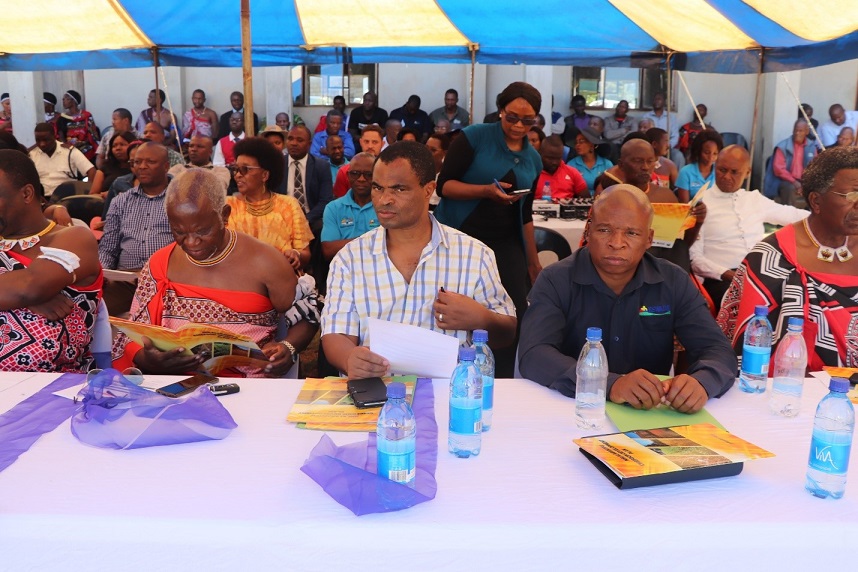
During the launch of the CDP prominent figures attend this event. From Left is Chief Dambuza Lukhele, Principal Secretary in the Ministry of Agriculture Mr. Bongani Masuku and the ESWADE CEO Mr. Samson Sithole.
Infrastructure for Soil and Water conservation:
The project invests in rain water harvesting at the homestead and in the fields, in rehabilitation of new construction of small irrigation dams and in erosion control with a view to enhance the productivity of land and water resources in a sustainable manner. All investments are guided by the Chiefdom Development Planning as well as by effectiveness criteria. All infrastructure is developed with the intended users, with groups and agreements established under the view of the Chiefdom. The capture of water resources and the protection of land resources results in resources being available to market led agriculture initiatives. The project also supports enhanced resilience to climate change through better management of land and other natural resources. These developments emanate through the Chiefdom Development Planning process which improves Sustainable Land and Water Management, providing a base for economic empowerment and food security.
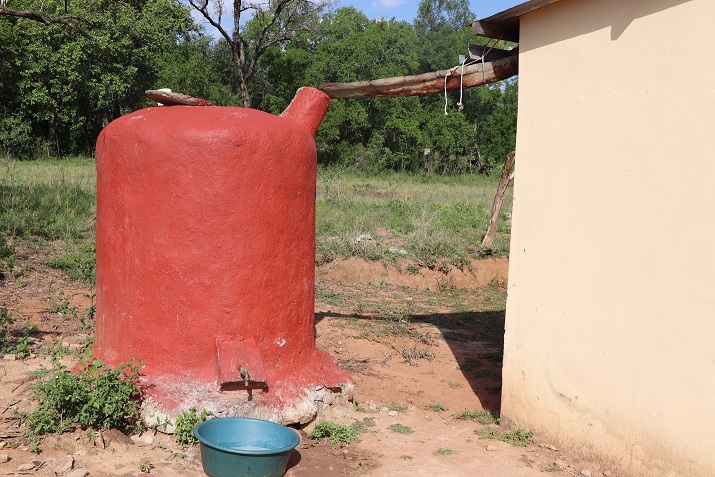
Ferrocement tanks are constructed in homesteads to harvest rain water that is used for domestic purposes and backyard gardens
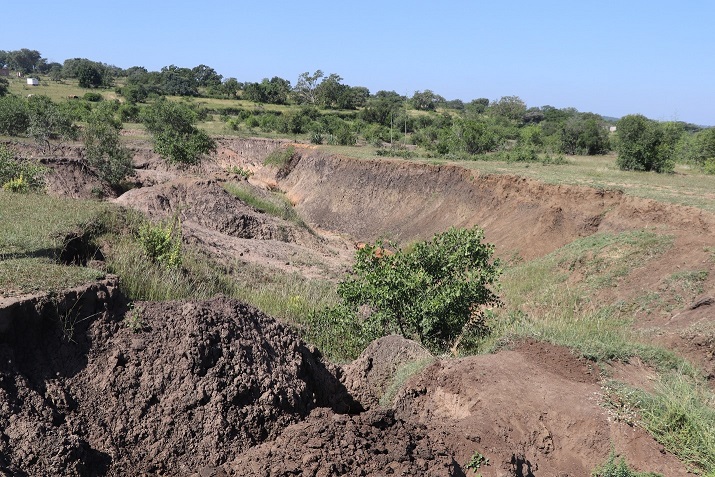
Some degraded lands in communities that are affected by soil erosion. The project invests in erosion control practices.
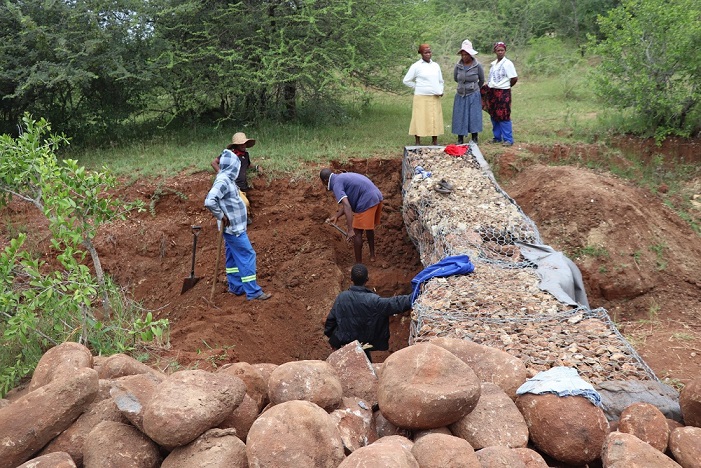
Communities have been trained on land rehabilitation and they have since taken ownership to restore degraded lands in their communities.
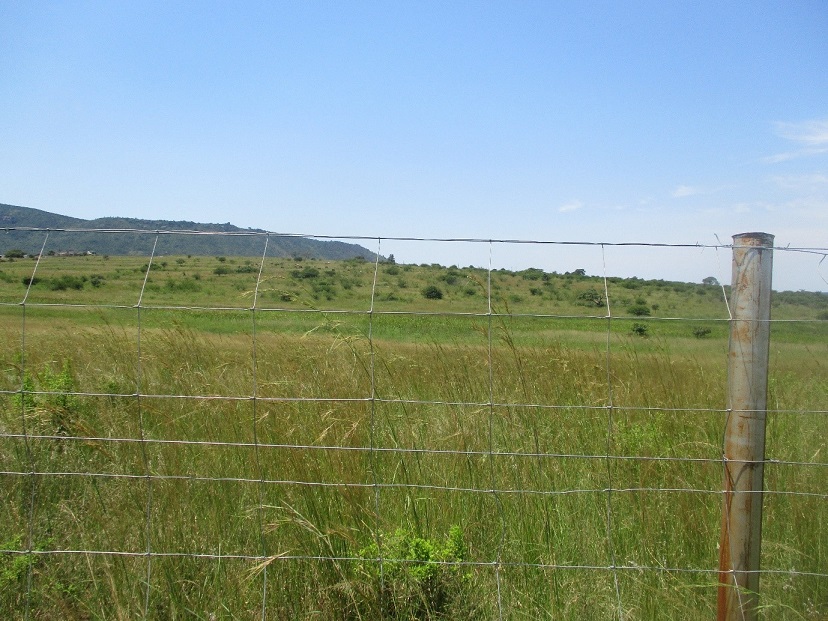
Fenced wetlands promote vegetation of indigenous species. The Ngololweni community has fenced off 30 hectares of its wetland.

Preservation of flora such as the reed, sedge and other medicinal grasses is harvested and used to make products such as grass mats, dishes and baskets.
Land Degradation Surveillance Framework:
A Land Degradation Surveillance Framework (LDSF) which acts as a monitoring system combining satellite imagery with ground data observed in 13 sentinel sites has been introduced as a national system to assess the trends of the environment. The land degradation surveillance will assist the project to identify soil erosion hotspots and prevent soil erosion before it occurs. This enhances national capacity for achieving the United Nations Convention Targets.

Field officers during a training in one of the sites conducting an assessment that will help determine the soil type and type of trees.
Market Led Agriculture:
Existing and confirmed market demands which have been identified for legumes, vegetables, fruits, indigenous chickens, goats and beekeeping form the starting point for development and improvement of Value Chains available to smallholder farmers. The project supports smallholder farmers to supply national market demands in a better manner i.e. quality, quantity and timeliness. This component is divided into two parts i.e. horticulture and livestock components.
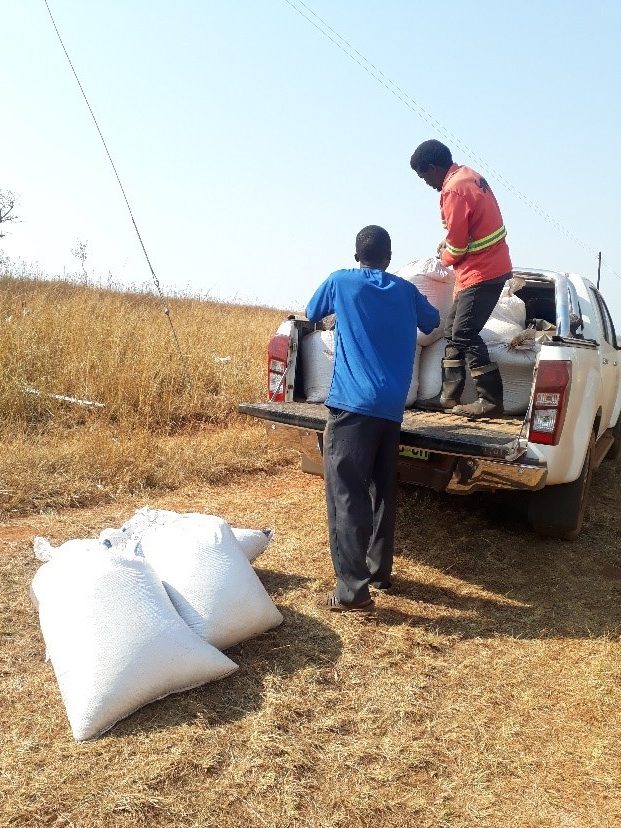
Farmers loading their legumes into the National Maize Corporation vehicle

A farmer waiting to transport his harvested legumes to the National Maize Corporation
Conservation Agriculture:
The project engages in a farming system that manages the agro – ecosystem for improved and sustained agricultural productivity, enhanced food, nutrition and income security while preserving and restoring the resource base and biodiversity. 80 Lead farmers have been trained and they assist communities with knowledge in their communities.
It comprises of three principles;
- Minimum soil disturbance
- Intercropping and crop rotation
- Permanent Soil cover
The benefits of CA include improved soil health, increased available water storage capacity, improved soil biodiversity, and increased carbon sequestration (associated with reduced soil carbon losses).
This innovation targets three categories of farmers which are;
- Household Food security farmers
- Emerging semi-commercial farmers
- Highly productive commercial farmers
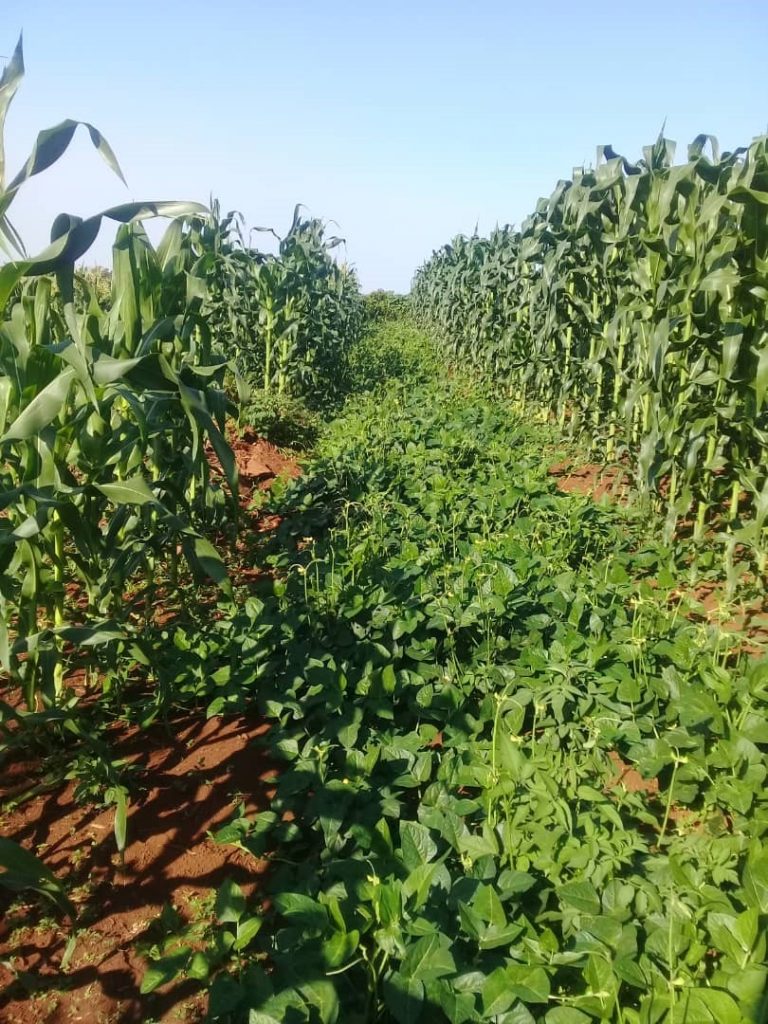
Farmers practice intercropping which helps in soli retention.
Permaculture:
As means to provide food security and nutrition farmers are encouraged to practice permaculture gardening. This farming method requires minimal resources since it uses available resources in households. The project provides start up inputs for the farmers to grow a wide variety of vegetables and herbs. Farmers are encouraged to grow for home consumption and surplus to community members.
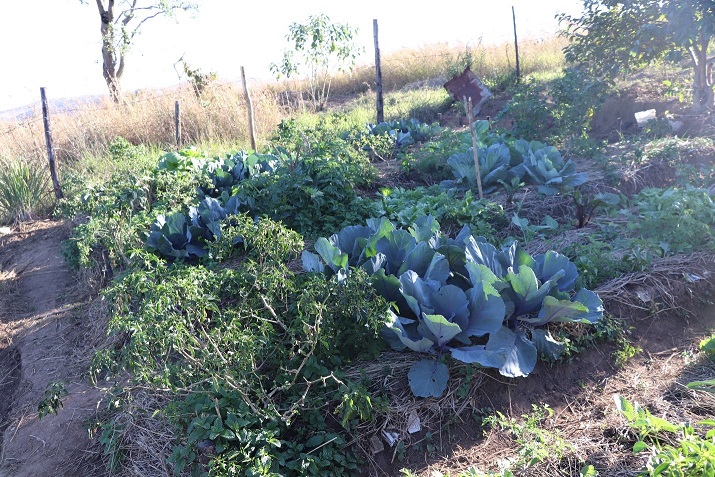
Permaculture agriculture is another method that is practiced by farmers to improve food and nutrition security.
Livestock component:
The project promotes that each and every household produce livestock for commercial purposes. The livestock value chain comprises of goats, indigenous chickens and honey. The project then assists the farmers to secure formal markets. The farmers are also trained to produce according to the standard that is required by the markets.
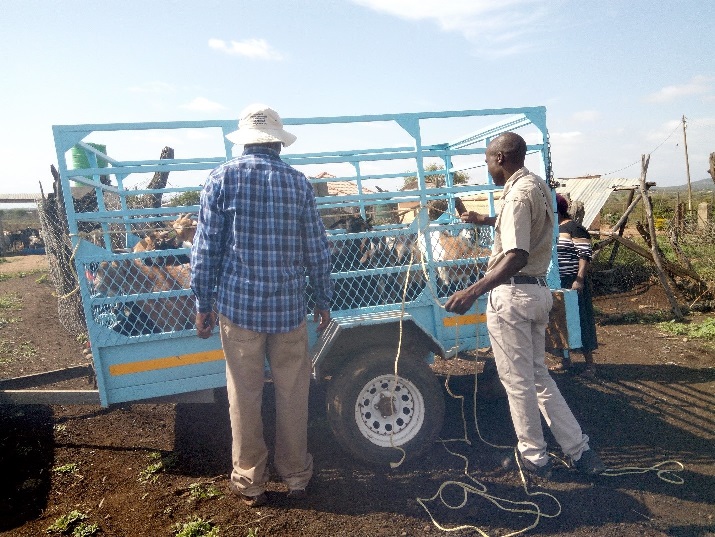
Farmers are trained on goat’s production and also linked with formal markets. Here a buyer is seen ready to leave the auction site.

Households are encouraged to rear indigenous chickens. Through this initiative farmers are able to improve their households since they sell to informal and formal markets.

Farmers are trained on honey production and linked to formal markets.
Interested!
Have a look on Similar Case Studies

Komati Downstream Development Project (KDDP)
Komati Downstream Development Project (KDDP) The main focus of the KDDP was to assist Farmer
Eswatini Livestock Value Chain Development Project
The Eswatini Livestock Value Chain Development Programme (ELVCDP) The Eswatini Livestock Value Chain Development Programme